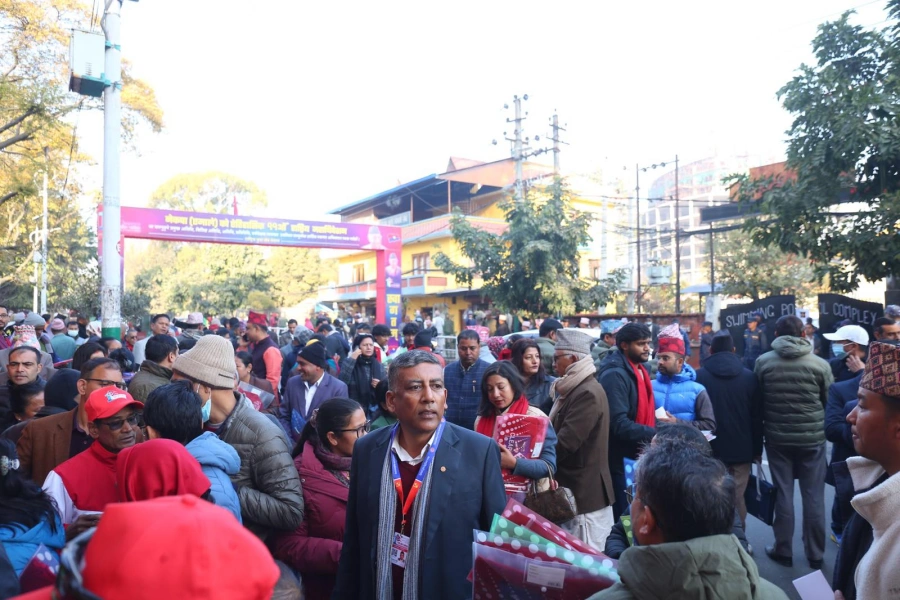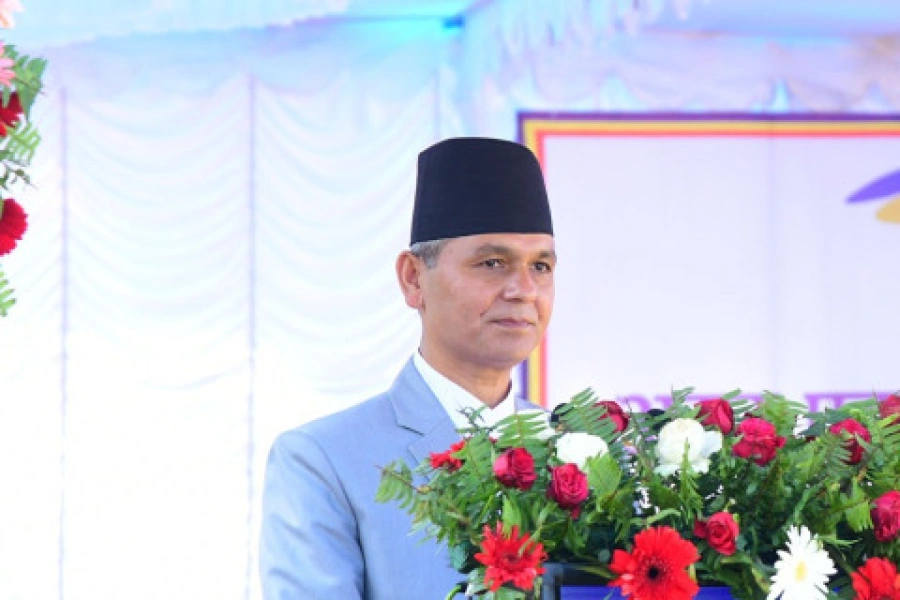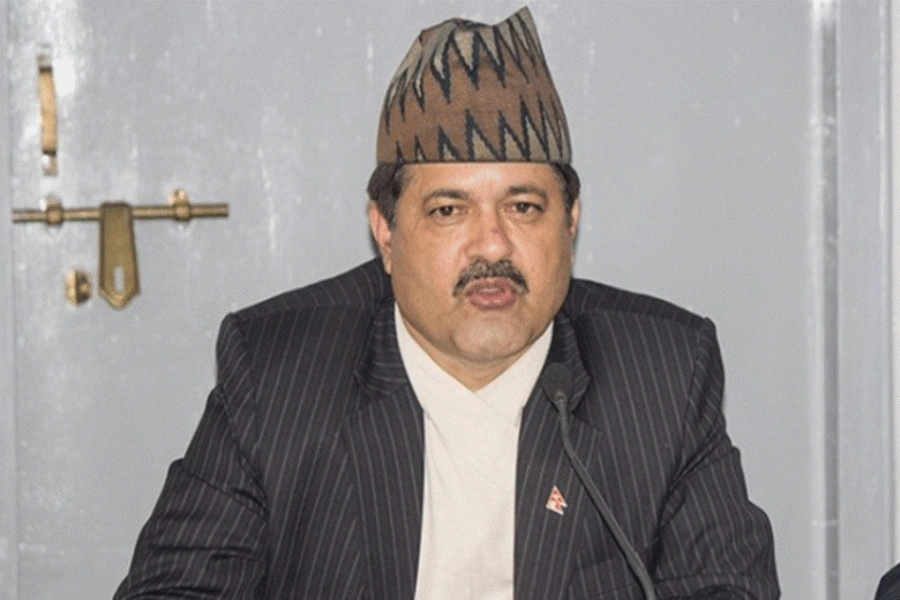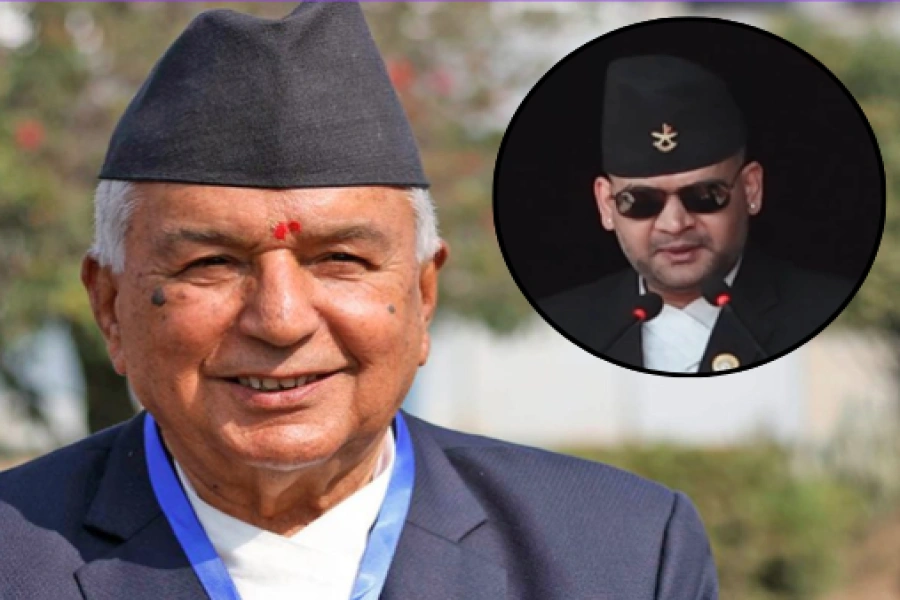KATHMANDU, April 19: Esri India organized the first user conference in Kathmandu on Wednesday under the theme of “Geographical Information System (GIS) - Enabling Transformation”.
Esri Inc is a global leader for GIS software, with over 350,000 organizations across the globe using its solutions in areas including monitoring and mitigating the effects of climate change; disaster management; urban and town planning; sustainability; management of natural resources; and mapping.
Esri India is a joint venture of Esri Inc and NIIT Technologies limited and covers India, Nepal and Bhutan.
Esri worked very closely with ICIMOD, WHO and UN in supporting the relief operations after the 2015 Gorkha earthquakes.
Esri India said the event was held in Kathmandu so that GIS technology users in Nepal could learn about new advancements in technology, share their work and get connected with each other.
Agendra Kuwar, president of Esri India, highlighted the benefits of the use of GIS in the changing world of technology. He also underscored important components of GIS technology.
“GIS technology can help overcome the challenges created through the daily transformation of the world by providing a framework and the process to manage the transformation,” said Kuwar.
He cited how the execution of GIS by the government of Rajasthan in India has made the state citizen-friendly and helped the government monitor data, identify problems and solve them effectively.
Kuwar said universities should also include GIS technology in their curriculum to ensure smart manpower is produced.
Dr Sunil Babu Shrestha, member of the National Planning Commission, highlighted the importance of GIS technology in environment conservation, infrastructure development, disaster management as well as urban and rural planning. He said Nepal needed GIS technology to make it safe, smart and prosperous.
“I have been using GIS technology for the past three years with my team for mapping and creating model of environment change,” said Sunil Bogati, geomatics engineering student at Kathmandu University who was one of the participants of the conference. He added conferences like this should be organized more often so that people could get information about technologies like GIS.
Adoption of GIS tech helps boost GDP





































